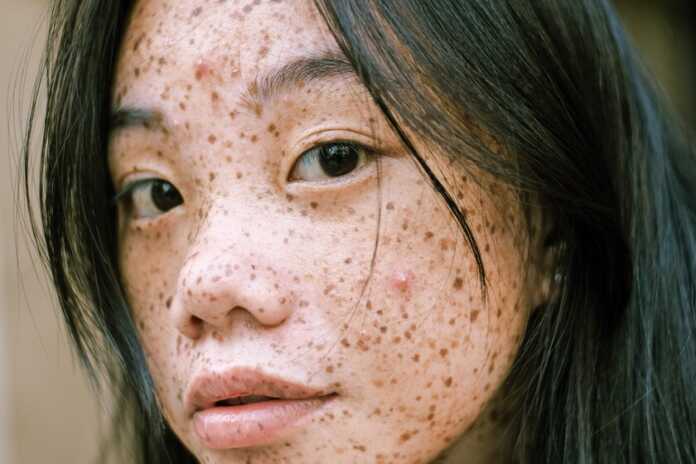These weeks have been intense due to the heat (and there is still summer ahead) and due to the numerous news about solar storms. But with summer also comes tanning and, closely related to it, a curious phenomenon that affects a small percentage of the population: freckles. A well-known facial feature but whose science often goes unnoticed.
Summer stains.
Freckles, which are also technically known as freckles, are melanin pigmentations. This, as usual, appears when the skin is exposed to sunlight, only in the case of freckles, instead of being distributed throughout the skin, the pigment remains concentrated in delimited areas, forming small spots.
Freckles therefore appear on the parts most exposed to the sun, especially on the face. They are also for the same reason associated with the summer months. They appear in the months when solar radiation is more intense and disappear when it relaxes.
Babies don’t have freckles.
Freckles, yes, do not appear until after several years of our lives. The main reason is that the little ones have not yet received sufficient doses of solar radiation for melanin to accumulate in their skin. As they appear, freckles fade with age, although there are those who choose to remove them medically.
But the appearance of freckles has a lot to do with genetics, so it could be said that babies do have the instructions to create them. There is a hereditary factor and it has to do mainly with variants of the MC1R gene, the melanotropin receptor gene. This gene is also linked to skin pigmentation and hair color, although not only red-haired people can have freckles. It’s not even unique to white people.
MC1R is not the only gene linked to the appearance of ephelides. A study carried out in Spain identified more genetic variants, such as one linked to the IRF4 gene, interferon regulatory factor 4, another gene closely linked to the pigmentation of our skin, hair and eyes. It has also been linked to the appearance of gray hair, that is, with hair discoloration.
Different types of freckles.
Although it is difficult to distinguish them for those who are not familiar, there are two types of freckles. On the one hand, the simple ones, round and small; and sunburn freckles, which are darker and larger, with jagged edges.
How they affect our health.
As explained in the Spanish Academy of Dermatology and Venereology “Freckles are benign lesions: they do not involve a disorder or a skin disease. In general they should be considered harmless and only in very rare cases do they evolve into skin cancer.
The fact that these injuries do not usually lead to more serious problems does not mean that protection and vigilance against serious injuries and skin cancers should be relaxed. In Spain, melanoma affects almost one in 10,000 people, and skin cancers cause around a thousand deaths per year, with a slightly upward trend in recent years.
lentils.
Ephelides are not the only benign spots that can appear on our skin as a result of the sun. The lentigines are, yes, different in many ways from freckles. Nor are we born with these spots, but they appear in adulthood and are permanent.
Lentigines are usually larger than freckles and appear in more varied places (although also exposed to the sun) such as the legs. Its appearance is less linked to genetics and more to sun exposure.
Superficial issue.
Unlike other skin lesions, freckles are primarily a cosmetic issue. Today we can alter our













